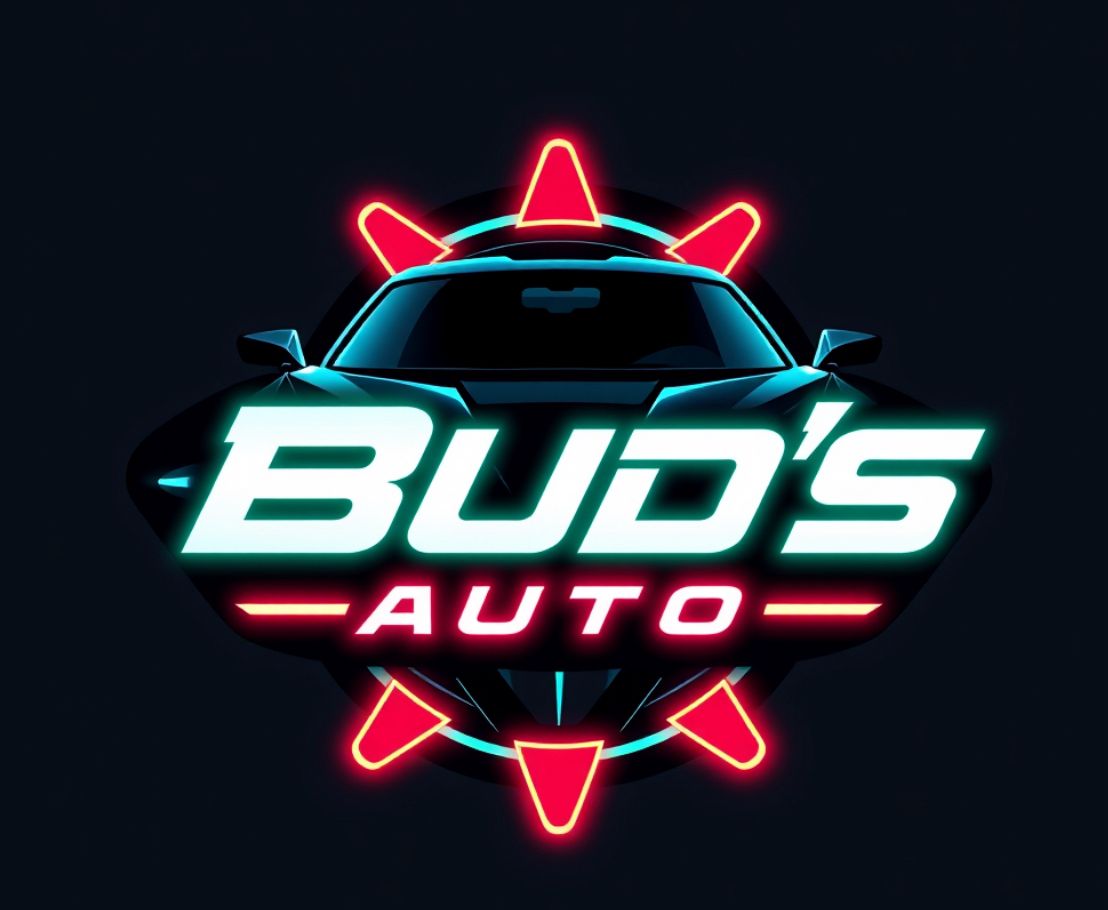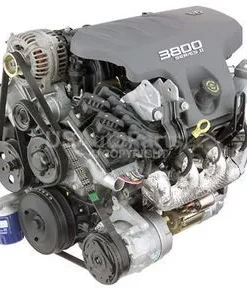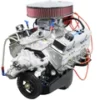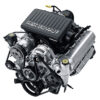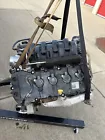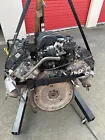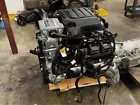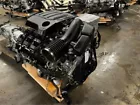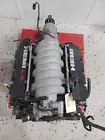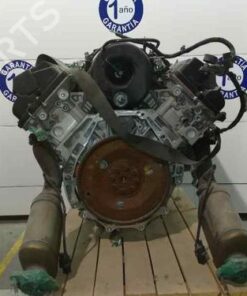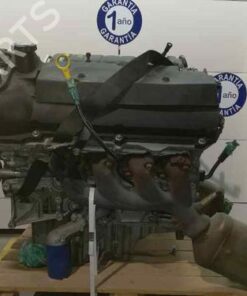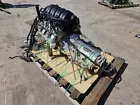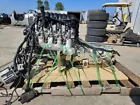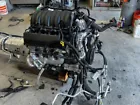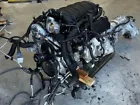The JEEP WRANGLER JK 3.8L V6 ENGINE was used in 2007–2011 models. Here are the key specs and details about it:
Engine Overview
-
Engine Type: 3.8L EGH V6 (Chrysler-engineered)
-
Displacement: 3.8 liters (3,778 cc)
-
Configuration: V6, naturally aspirated
-
Fuel System: Sequential Multi-Port Fuel Injection (SMPI)
-
Valvetrain: OHV (Overhead Valve) with 2 valves per cylinder (12-valve total)
-
Compression Ratio: 9.6:1
Performance
-
Horsepower: ~202 hp @ 5,200 rpm
-
Torque: ~237 lb-ft @ 4,000 rpm
-
0–60 mph: Around 9.5–10 seconds (varies by model and transmission)
Fuel & Efficiency
-
Fuel Type: Regular unleaded
-
MPG (estimated):
-
~15 mpg city
-
~19 mpg highway
-
-
Fuel Tank Capacity: ~18.6 gallons
Common Issues
-
Oil consumption: Known to burn oil with age
-
Low-end torque: Underwhelming performance for off-road and towing compared to later engines
-
Lifter noise: Common ticking sounds as it ages
-
Plastic intake manifold: Prone to cracking in rare cases
Transmission Options
-
6-speed manual (NSG370)
-
4-speed automatic (42RLE)
Successor
In 2012, the JK Wrangler got a big upgrade to the JEEP WRANGLER JK 3.8L V6 ENGINE, which improved power, torque, and fuel economy significantly.
Let me know if you need:
-
Torque curves
-
Maintenance schedules
-
Upgrade advice (e.g. superchargers, intake/exhaust kits)
-
Comparison with 3.6L Pentastar or diesel engines
